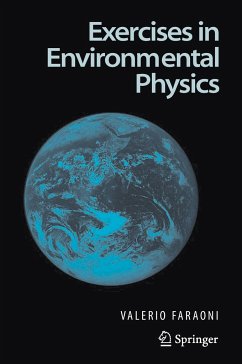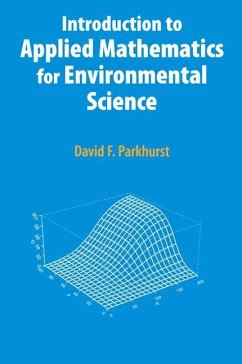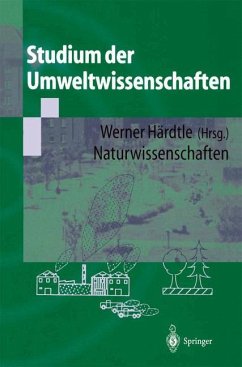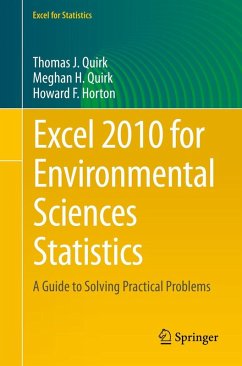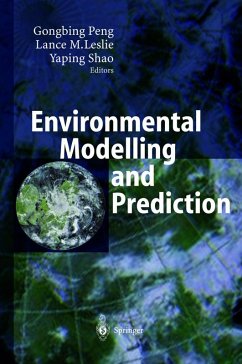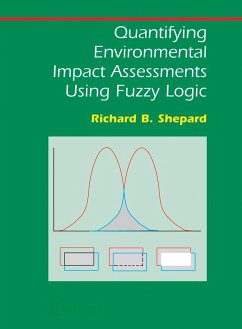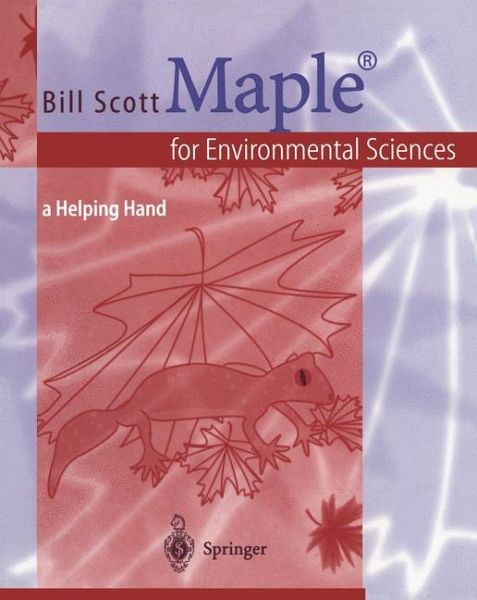
Maple® for Environmental Sciences
a Helping Hand

PAYBACK Punkte
19 °P sammeln!
This book presents a working understanding of mathematical structures within the context of Environmental Problems, loaded with examples, help, hints and reference material. It starts out with the basics that are followed by with simple research scenarios that are of direct use to the user. The subjects include Lake and Groundwater Hydrology, Bubble Identification, Turbulence Statistics, Physical Chemistry and Acid Rain, Statistics, and Matrices. Special features in the book include Maple input/output, manual and automatic editing of structures, data handling and interpretation procedures,"click-on" solutions, spreadsheet transfer between Maple and Excel, and "across the screen" digitization. The book refers to Maple V release 5.1 and higher versions as well as to Maple 6. Internet support is available in the form of reference commands, data and programs. TOC:.
What is this book about? Please take this book as it is, a working docu ment. It started as an idea that has grown. It will never be correct but should be self-correcting. In the limit, if there is one, the book should approach a 'correct' state. It is not the detail, and the numbers, that matter, but the structures and the order. These structures are inherently linked with the many minds that have made Maple, the minds of perhaps the best mathematicians, certainly some of the most useful. Our environment is not separate from mathematics; mathematics is but one tool, of several, to help with understanding the environment. It is a harsh tool that requires numbers and symbolism; Maple handles the symbolism superbly; numbers need more consideration. We have included a substantial amount on reading and writing numbers, data, and dealing with floating point numbers. It is the 'devil in the detail' that continually comes back to us in working with Mathematics and Maple. It becomes 'raw' and defined. Many of the things we do have rational and logical bases, but we don't know what they are. Often, in following the code and 'talking' with an input line to Maple, the detailed way of performing a task becomes clear. But not without frustration; the task is invariably simple, though.





